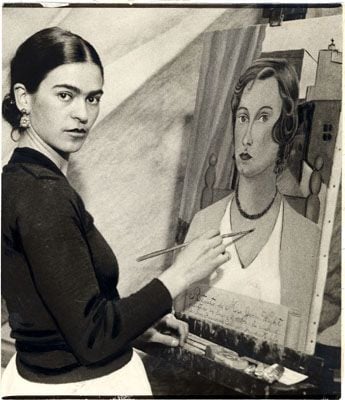
“San Francisco is very beautiful,” a 23-year-old Frida Kahlo wrote to her mother in the autumn of 1930. “Our way here was also very beautiful. For the first time I got to see the Ocean, and I loved it! The city is in a beautiful location, from everywhere you can see the sea. The bay is beautiful and ships arrive from China and from everywhere in the Orient.”
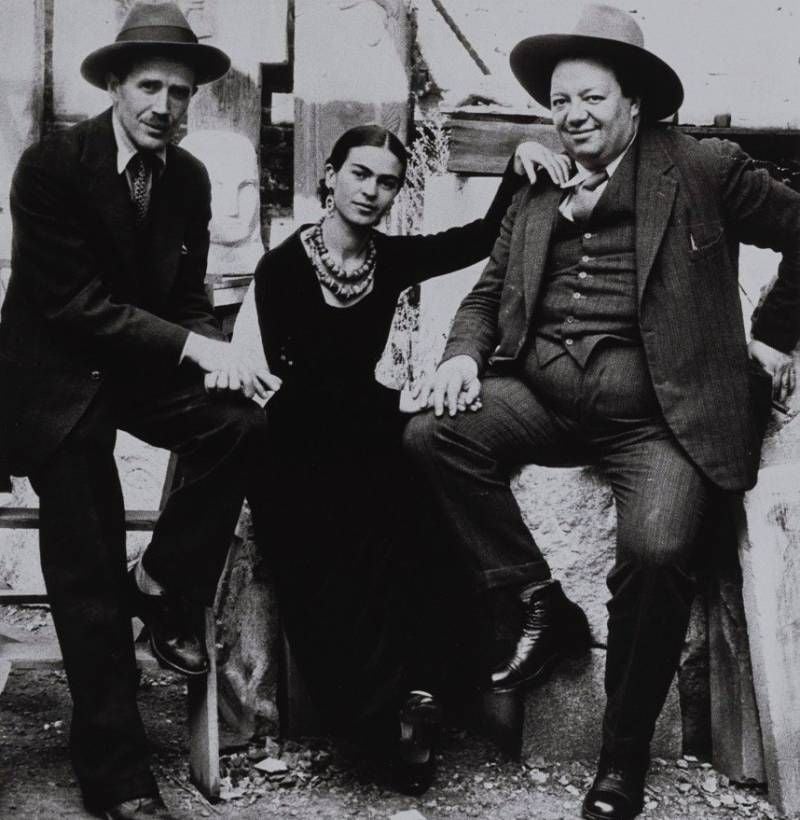
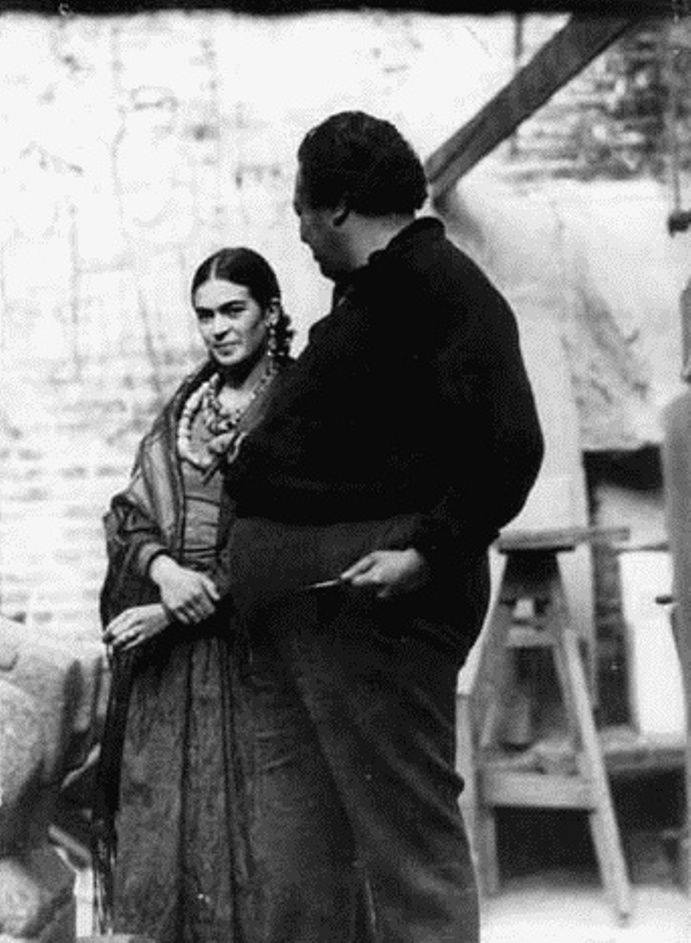
This was Frida’s first trip outside of Mexico. She and Diego Rivera were newly married, and she’d accompanied him on a trip to San Francisco, where he’d been commissioned to paint a mural. They lived in an apartment at Monkey Block, the artists’ colony where the Transamerica Building now stands. She spent hours happily losing herself in the nearby streets of Chinatown, building an eclectic collection of fabric, clothing, accessories, and jewelry that she’d integrate into the magnificent persona she was beginning to fashion for herself.
In her own words, “jaws dropped” at the sight of her traipsing through town. Journalists and painters alike clamored to her side. A writer composed a play and short story about her titled “The Queen of Montgomery Street.”
But it was the City’s photographers who’d create the most memorable images of Frida during her San Francisco sojourn. Edward Weston hauled his camera to her Monkey Block apartment and shot her smiling wryly alongside Rivera. Imogen Cunningham composed a magnificent portrait of her draped in a rebozo, silver earrings flashing and fat beads at her throat. In contrast to other descriptions of her at this time, Cunningham’s portrait identified her as a painter first, and wife second.
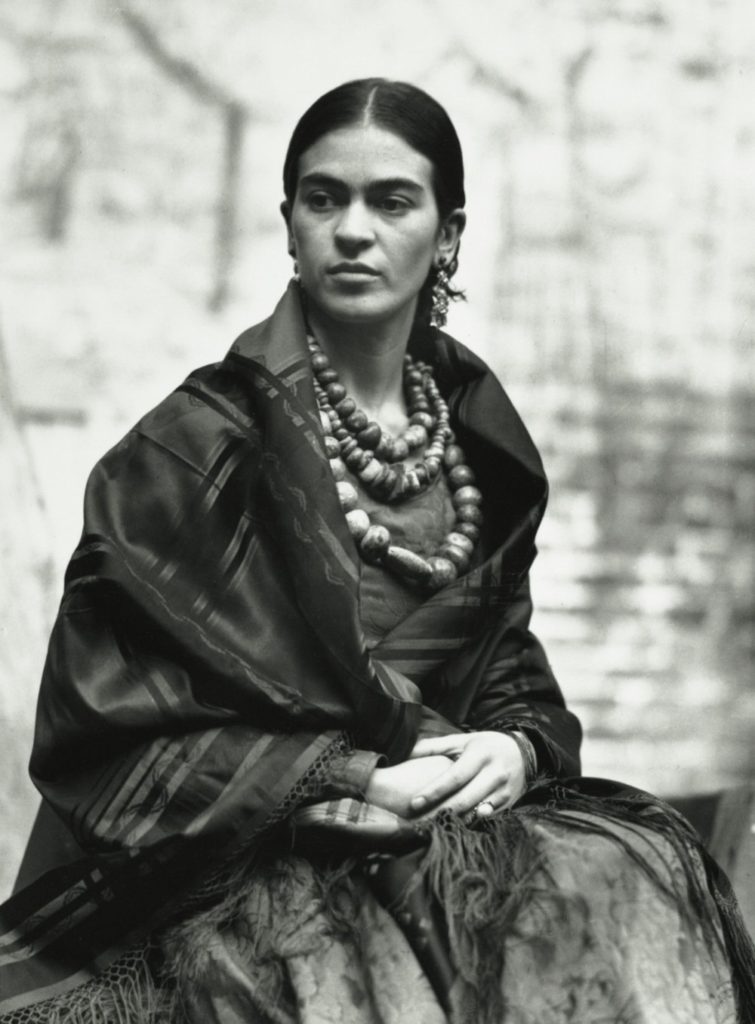
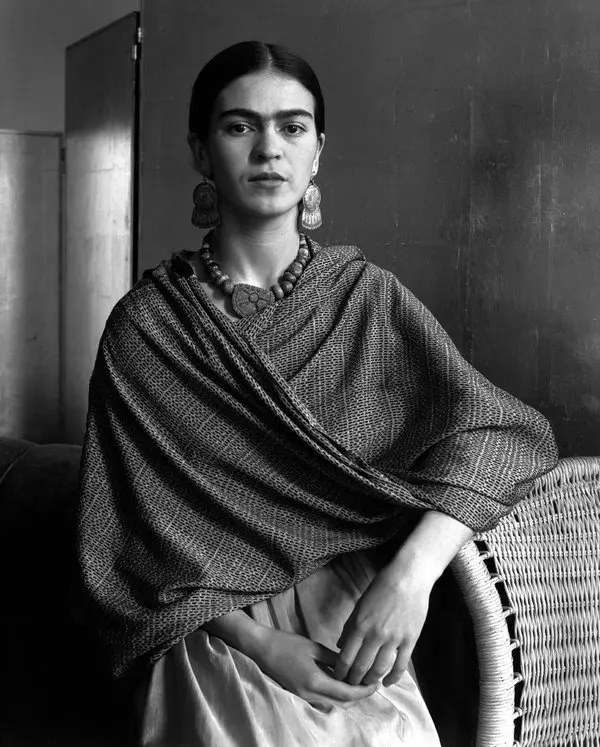
When she returned to Mexico, Frida’s “La Mexicana” image was in full flower. As it had done for so many others before her, San Francisco brought Frida into focus for herself, and from then on, she’d never look back.
add a comment
+ COMMENTS